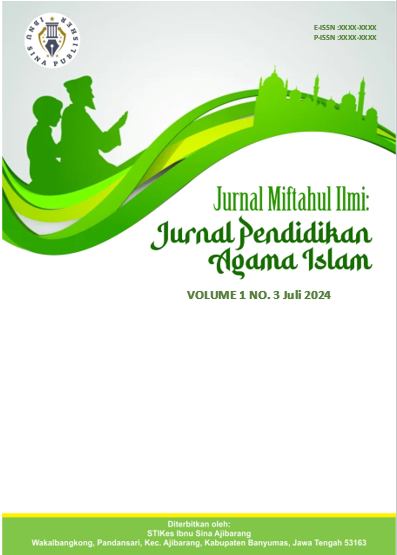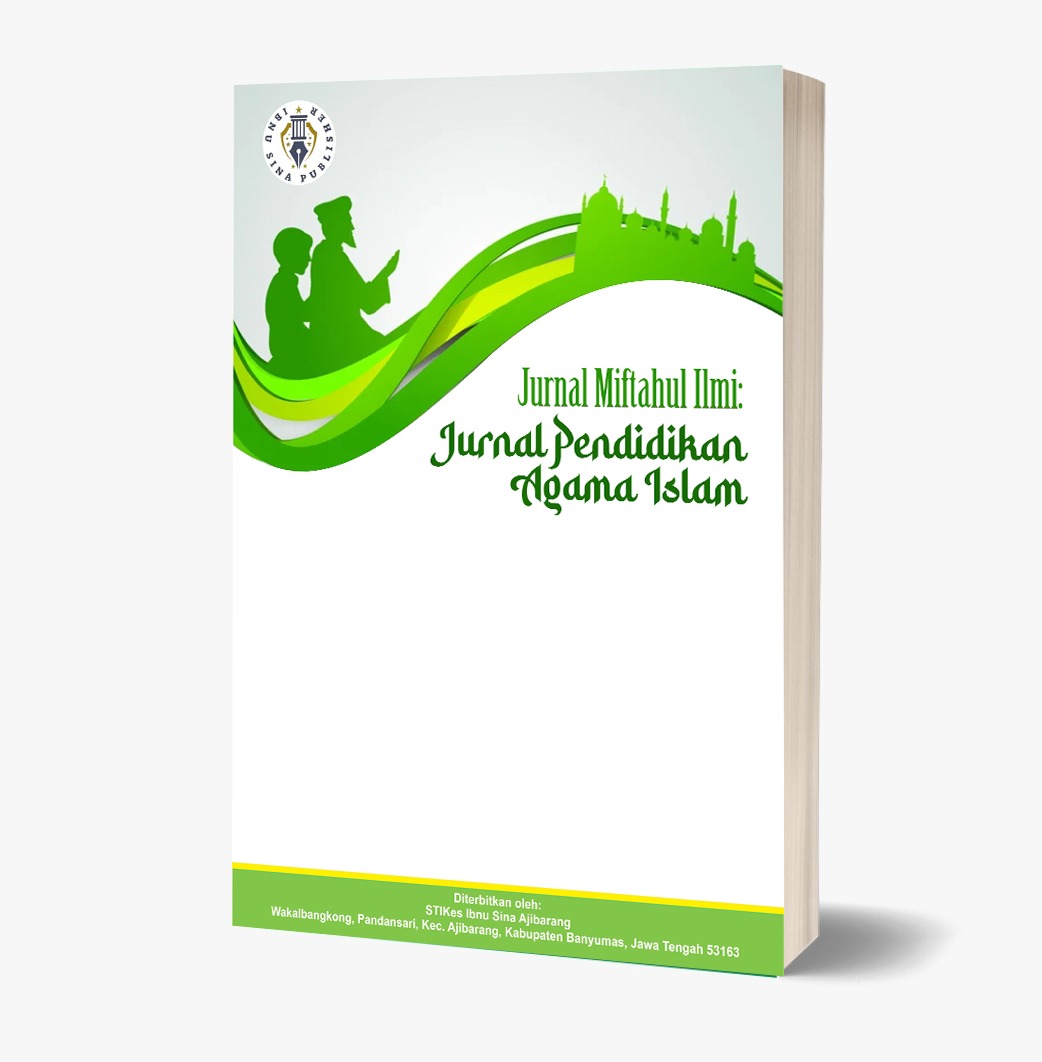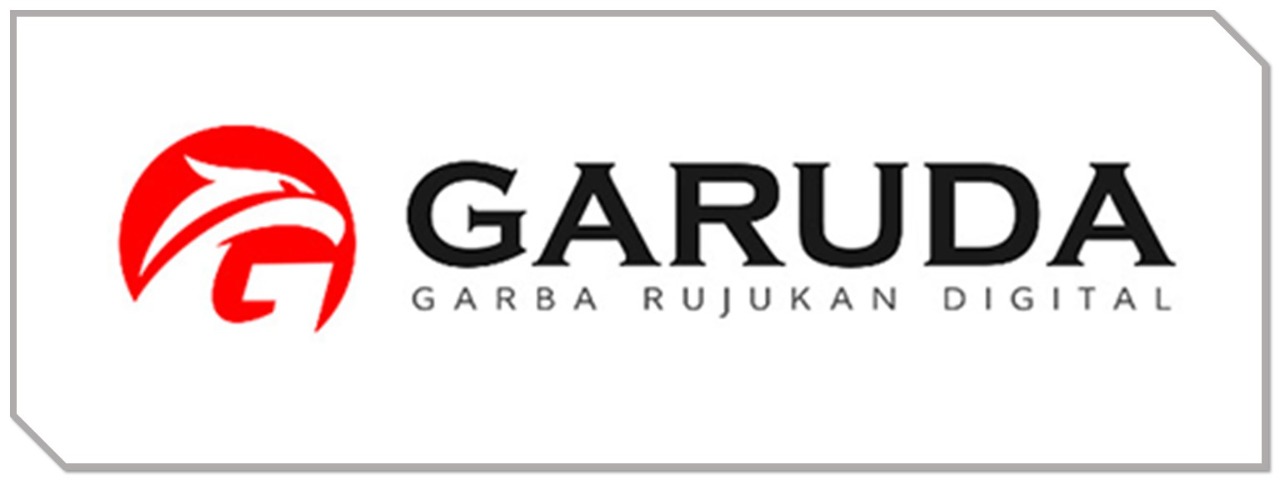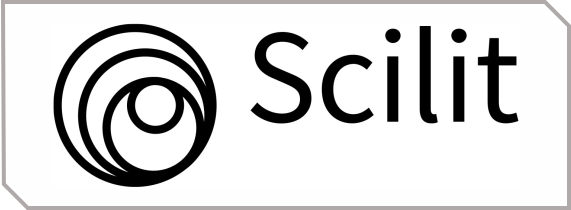Implementasi Model Contextual Teaching and Learning (CTL) dalam Meningkatkan Kualitas Pembelajaran Pendidikan Agama Islam (PAI) di SMP Muhammadiyah 9 Kota Bandung
DOI:
https://doi.org/10.59841/miftahulilmi.v2i1.71Keywords:
Implementation, CTl Learning Model, Quality of Learning, Islamic Religious EducationAbstract
One of the main problems in learning today is the low absorption of students because the quality of the learning process has not been able to create a quality learning process. In this case the teacher uses the CTL learning model. The purpose of this study is intended to reveal more deeply related to the implementation of the contextual teaching and learning (CTL) learning model in improving the quality of PAI learning at SMP Muhammadiyah 9 Kota Bandung , with a research fokus. (1) Planning of the Contextual Teaching and Learning (CTL) model in improving the quality of PAI learning at SMP Muhammadiyah 9 Kota Bandung, (2) The quality of PAI learning as the output of the implementation of the Contextual Teaching and Learning (CTL) model at SMP Muhammadiyah 9 Kota Bandung. This research uses a qualitative approach, the type of case study research. Data was collected by means of interviews, observation and documentation. Data analysis was carried out through data reduction, data presentation and conclusion drawing. The research results show that: (1) Planning of the Contextual Teaching and Learning (CTL) Model, there are three stages; first, introduction: KD suitability with methods, materials and models, choosing learning media and learning resources. second, implementation: the student center learning process through the stages of constructivism, inquiry, questening, learning community, modeling, reflection, authentic assessment. third, the teacher evaluates the students through authentic assessment. (2) The quality of PAI learning as the output of the implementation of the Contextual Teaching and Learning (CTL) model at SMP Muhammadiyah 9 Kota Bandung. First, teacher learning behavior (building students' positive attitudes towards learning). Second, the behavior and impact of student learning (able and willing to expand knowledge of skills and fortify their attitudes). Third, the learning climate (a climate that is conducive to the development and improvement of curious learning activities). Fourth, learning materials (there is an adjustment between the breadth and depth of the material and the time available). Fifth, learning media (able to improve student learning experience).
References
Abdi Muhammad Iwan, Contextual Teaching And Learning (CTL) Dalam Pembelajaran PAI, IAIN Samarinda, 2015.
Ahrisya Ledy dkk, Pengaruh Model Pembelajaran Contextual Teaching And Learning (Ctl) Terhadap Hasil Belajar Siswa Kelas V Sekolah Dasar,
JKTP (Jurnal Kajian Teknologi Pendidikan), Vol 2 No 4 November 2019.
Al-Qur‟an Surat al-Baqarah: 2, https://tafsirq.com . september 2021 pukul 06:45
Al-Qur‟an Surat al-Ahzab: 21, https://tafsirq.com Diakses tanggal 15 . Diakses tanggal 15 agustus 2021pukul 10:45
Al-Qur‟an Surat al-Nahl ayat 125, https://tafsirq.com . 15agustus 2021pukul 09:45
Al-Qur‟an Surat An-Annisa‟ Ayat 58, https://tafsirq.com Diakses tanggal . Diakses tanggal 19 agustus 2021pukul 09:45
Ali Mohammad Daud, Pengertian Pendidikan Agama Islam, Jakarta: Rajawali Press, 2016. Apriana Dewi, Problematika Guru Dari Aspek Ketersediaan Sarana Prasarana Menghadapi Era Standarisasi Pendidikan Nasional, (Vol. 2 No. 1 Th. Jan-Des 2017.
Astutik Indah Kusuma, Model Contextual Teaching and Learning (CTL) pada Pembelajaran IPA,
Tesis: Pascasarjana UIN Maulana Malik Ibrahim Malang, 2015.
Buna‟i, 2006. Metodologi Penelitian Pendidikan, Pamekasan: STAIN Pameasan Press.
Chen Chih-Hung & Chin-Chung Tsai, Computer and Education, (Vol 170, September 2021.
Darmastuti Hajeng & Karwanto, Manajemen Sarana dan Prasarana Dalam Upaya Peningkatan Kualitas Pembelajaran
(Jurnal Inspirasi Manajemen Pendidikan, Vol.3 No.3, Januari 2014.
Emzir, Metodologi Penelitian Kualitatif Analisis Data Cet. I; Jakarta: PT Raja Grafindo Persada, 2010.

















